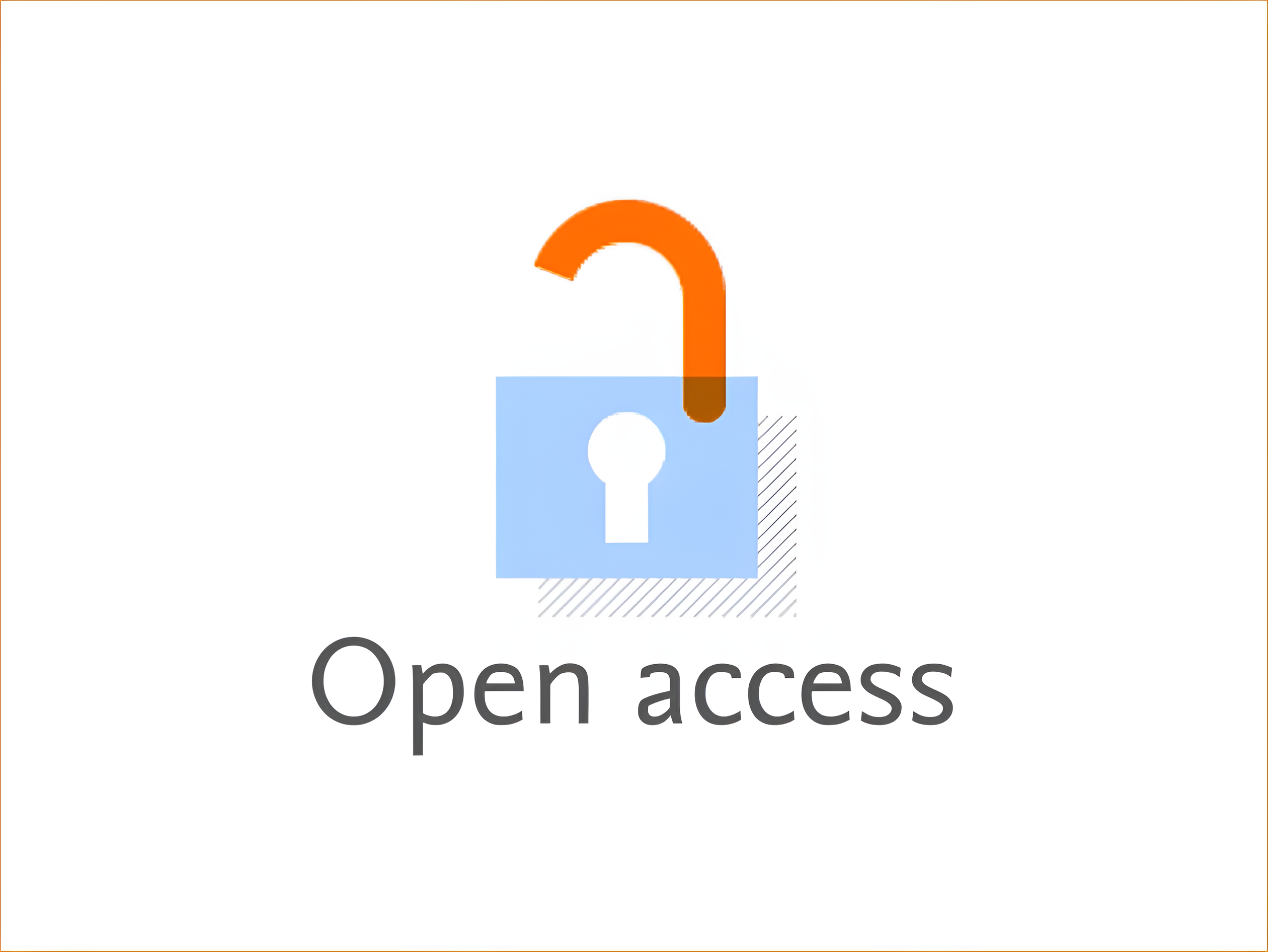A STUDY TO ANALYSE THE COSTS AND BENEFITS OF EMPLOYEE ENGAGEMENT WITH THE PUBLIC: ENHANCING UNDERSTANDING OF TYPOLOGY, OUTCOMES, PROCESSES, AND CONTINGENCIES
Keywords:
Classification, Employee Engagement, Expenses and Advantages, Business ContingenciesAbstract
Instead of presenting public relations with employees in a bad light, studies on work design highlight their positive aspects. This is in contrast to studies on emotional labor and burnout. Conflicting opinions emerge organically, according to the study's authors, since several literary schools take such strong stances. This dissertation builds and evaluates a paradigm to classify workers' interactions with the public as either cooperative, mistreated, or appreciative using valence (positive or negative) and content (affect-based or task-based) attributes. Workers' emotional weariness, job satisfaction, task completion, customer proactiveness, and rudeness are some of the metrics used to forecast future happiness and productivity in the workplace. The processes and boundary situations that impact these outcomes are also taken into account. Multilevel studies of service employee-supervisor dyads in different Chinese companies found that public interactions, both good and bad, affect employee well-being and performance. Customer encounters that are unpleasant, such as those that are unhelpful or hostile, may not necessarily have a negative impact on staff, according to the research. This research delves into the connections between various forms of public participation and noteworthy results in the workplace, looking at patterns, mediation processes, and boundary constraints. Implications for customer service performance research and practice are substantial in light of these results.






